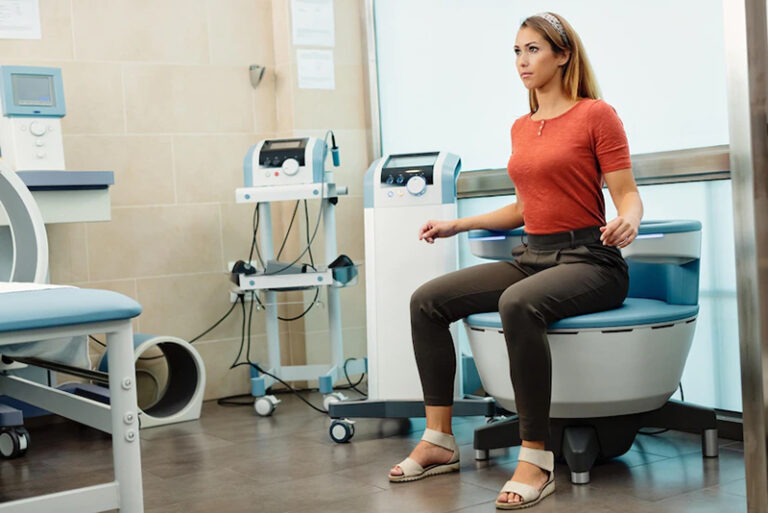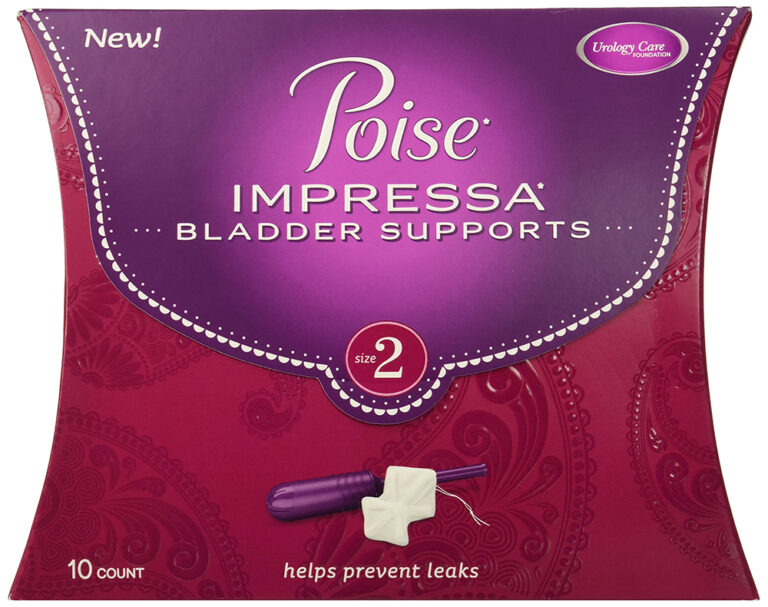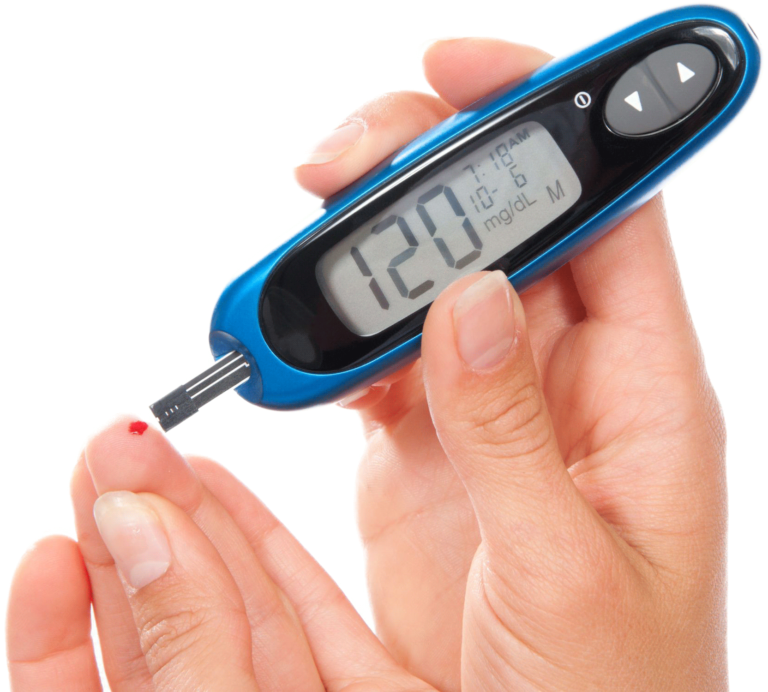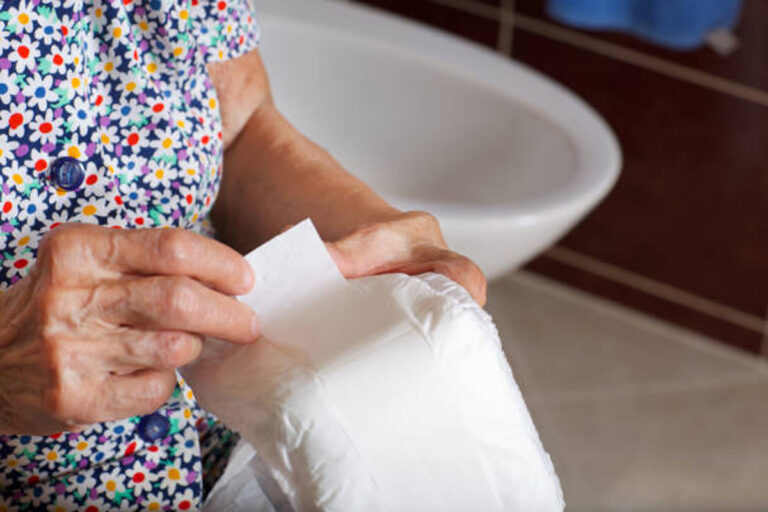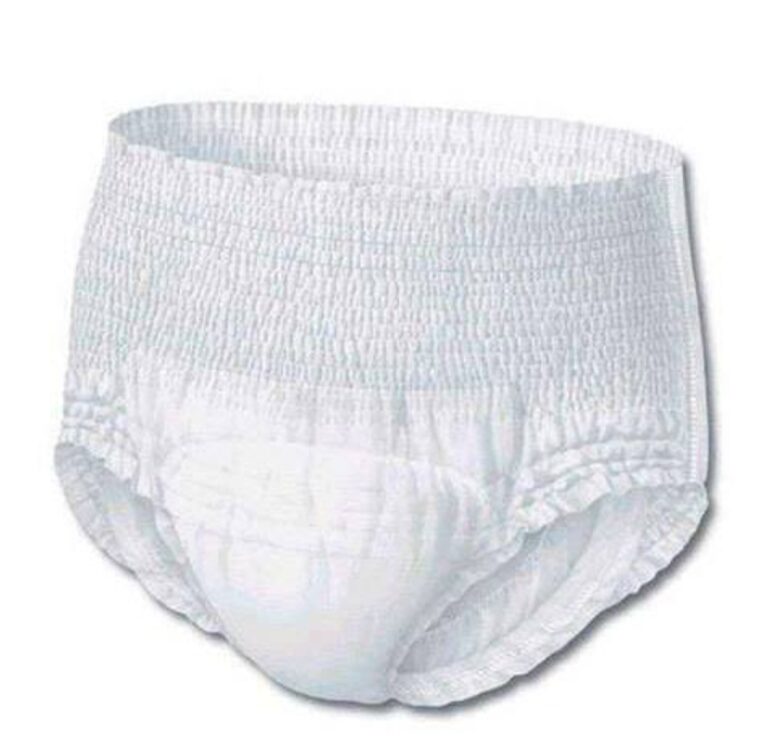Incontinence Products for Men: A Comprehensive Guide for Senior Citizens
Incontinence, often a hushed topic, is a reality for many senior men across the United States. It’s a condition that doesn’t discriminate, affecting individuals from all walks of life, bringing with it not just physical challenges but also emotional and social implications. This article aims to shed light on this sensitive subject, offering guidance, understanding, and support to those navigating the often-overwhelming world of incontinence products.
Whether you’re a senior experiencing incontinence yourself or a caregiver seeking information, this guide is designed to help you make informed decisions, find the right products, and maintain a quality of life that everyone deserves. Through a blend of factual information and real-life stories, we’ll explore the various aspects of incontinence and its management, ensuring that you’re equipped with the knowledge and confidence to tackle this challenge head-on.
What is Incontinence?
Incontinence, simply put, is the involuntary loss of bladder or bowel control. It’s a common issue among senior men, but its prevalence doesn’t make it any less challenging for those who experience it. Various factors contribute to incontinence in older adults. Age-related changes in the bladder, prostate problems, and neurological disorders like Parkinson’s disease or post-stroke conditions are common culprits. Certain medications can also exacerbate the condition.
Understanding incontinence begins with recognizing its types. Stress incontinence occurs when physical movement or activity — such as coughing, sneezing, or heavy lifting — puts pressure on the bladder, leading to leakage. Urge incontinence, on the other hand, is characterized by a sudden, intense urge to urinate followed by an involuntary loss of urine. There’s also overflow incontinence, where the bladder doesn’t empty completely, leading to dribbling.
The impact of incontinence extends beyond physical discomfort. It can lead to emotional distress, social withdrawal, and a decreased quality of life. Men may feel embarrassment, leading to a reluctance to participate in social activities or even talk about their condition. However, it’s crucial to understand that incontinence is not an inevitable part of aging, nor is it something to be ashamed of. With the right information and products, it can be effectively managed, allowing individuals to continue living active and fulfilling lives.
Exploring Types of Incontinence Products for Men
Navigating the world of incontinence products can be overwhelming, but understanding the options available is the first step towards finding a solution that fits your lifestyle and needs. Let’s explore the most common types of incontinence products for men: absorbent pads, pull-up pants, incontinence briefs, and external catheters, each offering unique features and benefits.
Absorbent Pads: These are similar to sanitary pads but are designed specifically for urinary incontinence. They come in various sizes and absorbency levels, catering to everything from light dribbles to more substantial leaks. Absorbent pads are discreet and can be easily worn with regular underwear. They are ideal for men who experience occasional leaks, especially during activities like exercising.
Testimonial: “I use absorbent pads daily,” shares John, a 68-year-old retired teacher. “They’re discreet enough that I can wear them during my golf games without anyone noticing. They’ve really helped me maintain my active lifestyle.”
Pull-Up Pants: Resembling regular underwear, pull-up pants offer a more secure and all-encompassing solution. They are suitable for moderate to heavy incontinence and are particularly favored for their convenience and ease of use. Many find them more comfortable and dignified than other options.
Testimonial: “After my prostate surgery, I switched to pull-up pants,” explains Michael, a 72-year-old veteran. “They feel just like regular underwear but provide the protection I need. It’s one less thing to worry about.”
Incontinence Briefs: These are more traditional incontinence products, often with adjustable tabs for a secure fit. They offer a higher absorbency level, making them suitable for severe incontinence and overnight use. Incontinence briefs are also a good choice for men with limited mobility, as they can be easier to change with assistance.
Testimonial: “I care for my father who has severe incontinence,” says Lisa, a primary caregiver. “Incontinence briefs have been a game-changer for us, especially at night. They prevent leaks and keep him comfortable.”
External Catheters: Unlike internal catheters, external ones are non-invasive and fit over the penis, similar to a condom. They are connected to a drainage bag to collect urine. External catheters are suitable for men with severe and continuous incontinence and are often used by those with limited mobility or neurological conditions.
Testimonial: “Using an external catheter has significantly improved my quality of life,” shares Robert, who has multiple sclerosis. “It allows me to go out without worrying about finding a restroom every hour.”
Each of these products offers a different level of protection, comfort, and convenience, and the choice largely depends on the individual’s specific needs and lifestyle. In the next section, we’ll guide you on how to choose the right incontinence product for your unique situation.
Choosing the Right Incontinence Product
Selecting the right incontinence product is crucial for managing the condition effectively while maintaining comfort and dignity. The choice depends on several factors, including the severity of incontinence, lifestyle, and budget. Here are some tips and guidance to help you find the product that best suits your needs.
Assessing the Severity of Incontinence:
- Light to Moderate Incontinence: If you experience occasional leaks or dribbles, especially during activities like coughing or exercising, absorbent pads or pull-up pants may suffice.
- Moderate to Heavy Incontinence: For more frequent or larger leaks, incontinence briefs or pull-up pants with higher absorbency are recommended.
- Severe Incontinence: If you have continuous leakage or are unable to use the bathroom independently, consider high-absorbency briefs or an external catheter system.
Considering Your Lifestyle:
- Active Lifestyle: If you lead an active lifestyle, look for products that offer flexibility and discretion, like absorbent pads or pull-up pants designed for movement.
- Sedentary or Limited Mobility: For those who are less active or have mobility issues, incontinence briefs with adjustable tabs or external catheters might be more practical.
Budget Considerations:
- Cost-Effectiveness: While budget is an important consideration, it’s also crucial to balance cost with quality and comfort. Cheaper products might save money upfront but require more frequent changes.
- Bulk Buying: Consider purchasing in bulk for savings, especially if you’ve settled on a product that works well for you.
Finding the Right Fit and Comfort:
- Sizing: Proper sizing is crucial. A product that’s too small can cause leaks and discomfort, while one that’s too large can be bulky and noticeable.
- Material: Look for breathable materials to prevent skin irritation and ensure comfort, especially if you have sensitive skin or are prone to allergies.
Experimenting with Different Products:
- Sample Packs: Many brands offer sample packs, allowing you to try different products before committing to a bulk purchase.
- Adjusting Absorbency: You might need different absorbency levels for different times of the day or for specific activities.
- Seeking Advice: Don’t hesitate to consult healthcare professionals or incontinence counselors for recommendations based on your specific condition and lifestyle.
Remember, finding the right incontinence product may require some trial and error. It’s important to be patient and open to experimenting with different options until you find the one that offers the best combination of protection, comfort, and convenience for your individual needs. In the next section, we’ll explore where you can purchase these incontinence products and how to approach buying them.
Where to Purchase Incontinence Products
Finding a reliable source for purchasing incontinence products is as important as choosing the right product. You have several options, each with its own advantages.
- Local Drugstores: Many drugstores carry a range of incontinence products. The benefit of buying from a local drugstore is the ability to see and feel the product before purchasing. Staff may also offer helpful advice based on their experience.
- Medical Supply Stores: These stores specialize in medical and health-related products, including a wider range of incontinence supplies. The staff here are often knowledgeable about different conditions and can provide specialized guidance.
- Online Retailers: Online shopping offers convenience and often a broader selection than what’s available in physical stores. It’s also easier to compare prices and read customer reviews. Look for reputable websites with clear return policies.
Tips for Comparing Prices and Finding Deals:
- Compare Prices: Check various stores and websites to compare prices.
- Look for Sales and Discounts: Sign up for newsletters or alerts from your favorite stores to stay informed about sales and special offers.
- Consider Generic Brands: Generic or store brands can be as effective as name brands and are often more affordable.
Discreet Purchases:
- Online Shopping: For those concerned about privacy, online shopping can be a discreet option. Look for retailers that offer plain packaging.
- Self-Checkout: Use self-checkout lanes in stores for a more private purchasing experience.
Effective Usage of Incontinence Products
Using incontinence products effectively is key to managing the condition comfortably and discreetly.
Best Practices for Sizing and Changing Schedules:
- Correct Sizing: Ensure you’re using the right size for a secure fit and optimal protection. Measure your waist and hips and refer to the sizing chart.
- Regular Changes: Change your incontinence product regularly to prevent leaks and skin irritation. The frequency will depend on the severity of your incontinence and the product’s absorbency.
Managing and Preventing Skin Irritation:
- Skin Care: Cleanse the skin with mild soap and water each time you change the product. Avoid harsh soaps that can dry out or irritate the skin.
- Barrier Creams: Use barrier creams or moisturizers to protect the skin from moisture and friction.
- Breathable Materials: Choose products made with breathable materials to keep the skin dry and prevent irritation.
Incorporating Products into Daily Routines:
- Establish a Routine: Incorporate changes into your daily routine at regular intervals.
- Carry Supplies: When going out, carry a small bag with extra supplies for changes on the go.
- Disposal: Plan for discreet disposal of used products, especially when away from home. By following these tips, you can use incontinence products effectively and maintain a comfortable and active lifestyle.
Remember, managing incontinence is about finding the right balance between practicality, comfort, and discretion.
Embracing Life with Incontinence
Living with incontinence doesn’t mean putting your life on hold. With the right approach and mindset, you can continue to enjoy a fulfilling and active lifestyle.
Finding Empowerment in Management:
- Acceptance: Acknowledge incontinence as a medical condition, not a personal failing. This mindset shift can be empowering.
- Stay Active: Continue with your hobbies and social activities. Incontinence products are designed to enable you to live your life without constant worry.
- Plan Ahead: Knowing where restrooms are located when you’re out and carrying spare supplies can help you feel more confident.
The Role of Social Support and Community Resources:
- Seek Support: Talk to friends or family about your condition. You might be surprised by their understanding and willingness to help.
- Support Groups: Consider joining a support group where you can share experiences and tips with others who understand what you’re going through.
- Utilize Resources: Look for local or online resources and organizations dedicated to helping individuals with incontinence.
Seeking Medical Advice:
- Regular Check-Ups: Regular visits to your healthcare provider are important for managing incontinence effectively.
- Be Open: Discuss any changes in your condition or concerns you have. No question is too small or embarrassing.
- Explore Treatments: There are various treatments available, from physical therapy to medication. Stay open to exploring these options with your doctor.
Incontinence, particularly in senior men, is a common condition, but it doesn’t have to dictate the terms of your life. We’ve explored the different types of incontinence products available and how to choose the right one for your needs. We’ve also discussed where to buy these products and how to use them effectively to ensure comfort and dignity. Most importantly, we’ve touched on the significance of embracing life with incontinence, highlighting the importance of social support and the value of seeking medical advice for optimal management.
Remember, incontinence is a medical condition, not a weakness. With the right products, support, and attitude, you can continue to lead a vibrant, active life. You’re not alone in this journey, and there’s a whole community ready to support you. Stay positive, stay informed, and don’t let incontinence hold you back from enjoying your golden years to the fullest.


